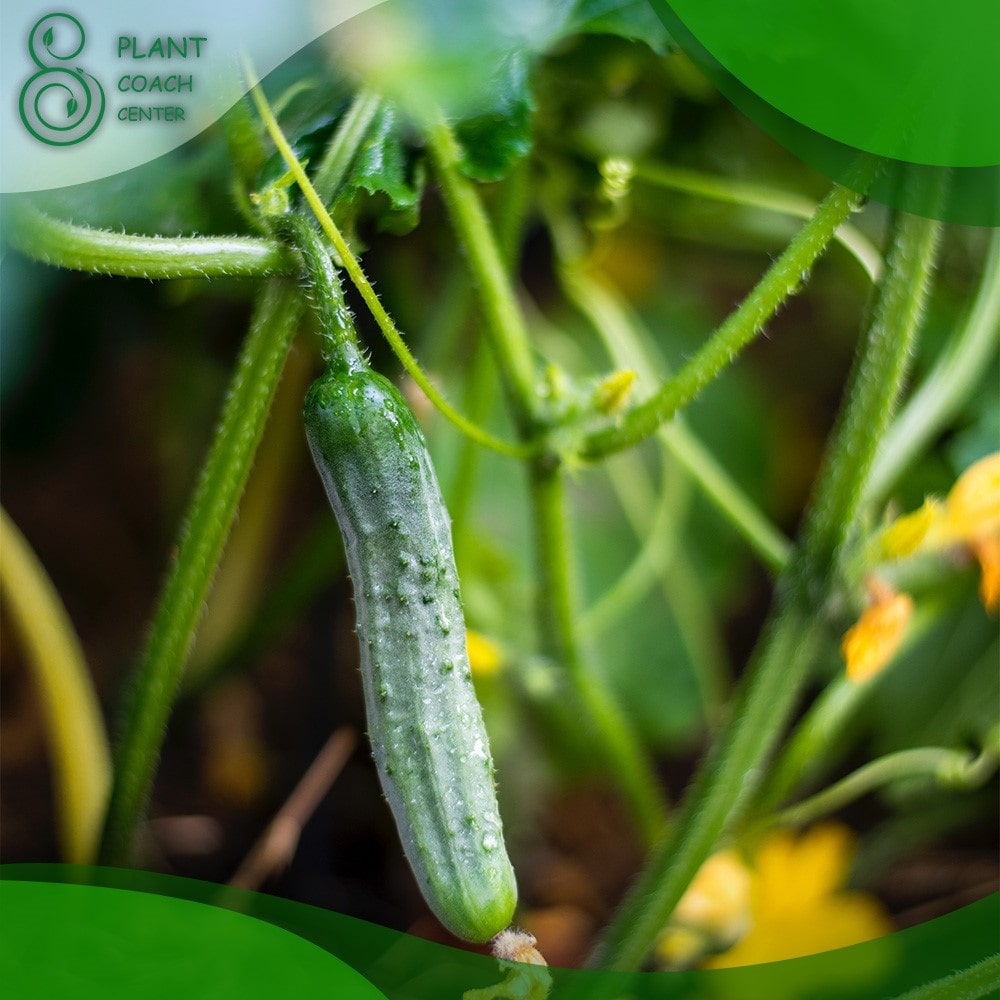When Do You Plant Cucumbers?
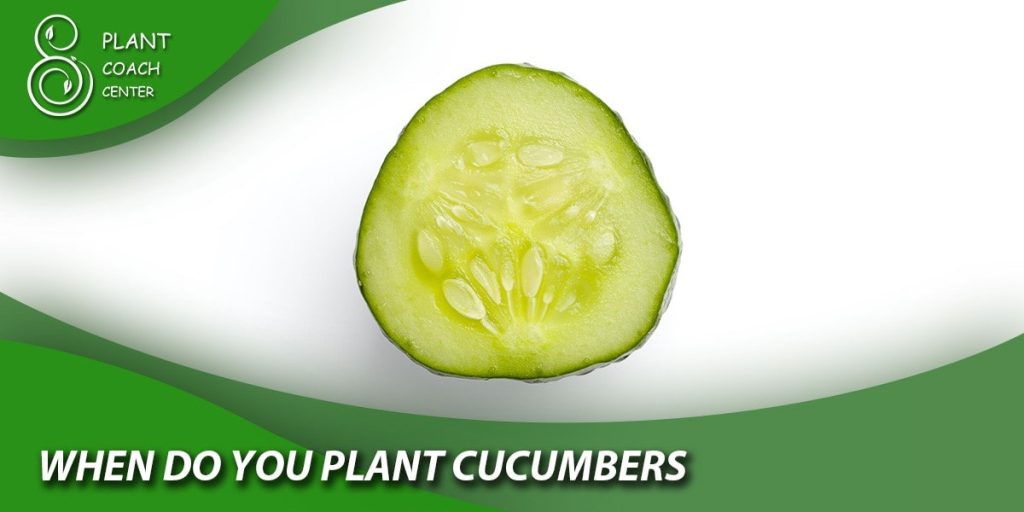
Welcome to the verdant gardening world, where the journey from seed to harvest is captivating and requires precision, patience, and a touch of horticultural finesse. Among the delights that can flourish in your garden, cucumbers are versatile stalwarts, lending their crisp freshness to various dishes. But the question remains: When do you plant cucumbers?
The answer is far from one-size-fits-all, as the timing hinges on a medley of factors, from your geographical location and local climate to the type of cucumber you seek to cultivate. Whether you’re an eager novice or a seasoned green thumb, this article will be your compass, guiding you through the temporal intricacies of cucumber planting.
From deciphering the nuances of indoor seed nurturing and outdoor transplanting to exploring companion planting, trellising techniques, and the art of cucumber care, we embark on an odyssey through the lifecycle of cucumbers. So, ready your gardening gloves and cultivate a deeper understanding of cucumber cultivation as we unlock the secrets to reaping a bountiful harvest at the intersection of nature’s rhythm and your nurturing hands.
Cucumber Season: Timing is Everything!
Gardening, at its heart, is an exquisite dance with nature’s rhythms, and nowhere is this more evident than in the cultivation of cucumbers. Timing holds the key to a successful cucumber harvest, and it’s a nuanced art that requires a blend of science and intuition. The first step in mastering cucumber planting is understanding your local climate and the distinct growing seasons it offers.
For those residing in regions with temperate climates, where frost is a rare visitor, early spring is an opportune time to sow cucumber seeds directly into the ground. As the soil begins to warm and the threat of frost diminishes, these sturdy seeds can establish themselves with gusto.
In contrast, kickstarting your cucumbers indoors becomes a strategic necessity if you find yourself in a locale with short summers and the looming menace of early fall frosts. By nurturing your cucumber seeds indoors, under controlled conditions, you offer them the head start they need to withstand the challenges of a shorter growing season.
Moreover, you must grasp the different types of cucumbers you wish to cultivate. There are slicing cucumbers, best enjoyed fresh, and pickling cucumbers, destined to transform into delightful jars of pickles. The timing of their planting varies slightly. Slicing cucumbers often require a longer growing period, meaning they should be planted earlier in the season. Pickling cucumbers, which are more compact and quicker to mature, can be planted later.
Ultimately, the cucumber planting timeline is a symphony of elements around you. It harmonizes the soil’s warmth, the sun’s angle, and the whispers of your local climate. To reap the rewards of a cucumber-laden harvest, observe these nuances keenly, aligning your planting endeavors with the crescendo of nature’s seasonal performance. Whether you’re welcoming spring’s arrival with a garden bed of cucumber seedlings or extending summer’s embrace with late-season planting, timing will transform your garden into a stage for cucumber excellence.
From Seeds to Sprouts: Nurturing Cucumber Seeds Indoors
Embarking on the journey of cucumber cultivation often begins with the delicate task of nurturing cucumber seeds indoors. This method offers a range of advantages, from ensuring early germination to providing a controlled environment for tender seedlings to thrive.
To kickstart the process, select high-quality cucumber seeds from reputable sources to guarantee a robust and diverse crop. Plant these seeds in seed trays or small pots filled with a well-draining seed-starting mix. The mix should be kept moist but not waterlogged, as excess moisture can lead to damping-off, a fungal disease that can hamper seedling growth.
Light is a vital ingredient for seedling success. Place the seed trays in a location that receives ample indirect sunlight or use artificial grow lights to provide the necessary light spectrum for healthy growth. Keep a watchful eye on the emerging seedlings, ensuring they receive the right balance of warmth and humidity. Optimal temperatures usually range between 70-75°F (21-24°C) during the day and are slightly more relaxed at night.
As your cucumber seedlings unfurl their cotyledon leaves and true leaves emerge, thin them out to encourage sturdy growth. When the seedlings have grown a couple of inches tall and the outdoor temperatures begin to warm, you can start “hardening off” the seedlings. This involves gradually acclimating them to outdoor conditions by exposing them to increasing outdoor air and sunlight periods. This transition should occur over about a week.
Once your cucumber seedlings are ready and the danger of frost has passed, transplant them into your garden bed or larger containers, ensuring they have ample space to spread their roots. Handle the seedlings gently to avoid damaging their tender stems, and plant them at the same depth they were in their original containers.
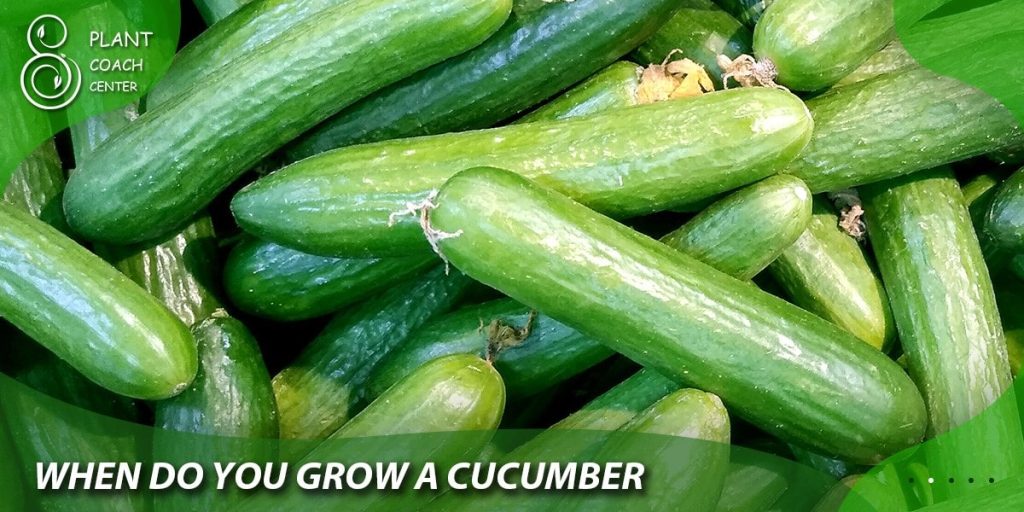
The Great Outdoors: Transplanting Cucumber Seedlings
As the days grow longer and the Earth warms under the sun’s tender gaze, the time draws near to transplant your indoor-nurtured cucumber seedlings to the grand stage of the outdoors. This transition, though exhilarating, demands careful planning and execution to ensure the seedlings continue to thrive in their new environment.
The first consideration in this process is selecting the right spot for your cucumber plants. Cucumbers are sun worshippers, craving at least 6 to 8 hours of direct sunlight daily. Choose a location that receives ample sunlight and offers well-draining soil, as cucumber roots are sensitive to waterlogging. Amending the soil with compost or well-rotted manure can provide the nutrient-rich foundation that cucumber plants adore.
Before transplanting, make sure to harden off your cucumber seedlings. This gradual acclimatization to outdoor conditions toughens the seedlings, reducing the risk of transplant shock. Begin by placing the seedlings outdoors in a sheltered spot for a few hours daily, gradually increasing the exposure over a week.
When the day to transplant arrives, ensure that the threat of frost has passed and the soil has warmed adequately. Gently remove the seedlings from their containers, taking care not to disturb their delicate roots. It’s best to transplant them in the late afternoon or on a cloudy day to reduce plant stress.
Plant the seedlings at the same depth they were in their indoor containers, spacing them about 12 to 24 inches apart, depending on the cucumber variety. Create small mounds around the base of each plant to encourage proper drainage and prevent waterlogged roots. Water the transplants immediately after planting to settle the soil around the roots.
To provide additional support, consider using protective row covers or plant cages, shielding young cucumber plants from harsh winds and unexpected temperature drops. Regularly monitor the soil moisture, ensuring it remains moist but not overly wet.
Companions and Foes: Planting Cucumbers Alongside Other Garden Allies
In the intricate tapestry of a well-designed garden, companion planting is a brilliant strategy for fostering symbiotic relationships among different plant species. With their sprawling vines and delicate disposition, cucumbers can significantly benefit from the company of sure plant allies while also benefitting others.
One of the most celebrated companions for cucumbers is the marigold. Marigolds emit a pungent aroma that repels many common cucumber pests, acting as a natural defense system for your cucumber plants. Similarly, nasturtiums deter pests with their peppery scent and attract beneficial insects that prey on garden troublemakers.
Herbs like dill and cilantro can also be exceptional companions for cucumbers. These herbs attract pollinators that aid in cucumber flower pollination, which is crucial for fruit formation. Plus, dill has the added advantage of luring in predators that feast on cucumber-eating insects.
However, not all plants are cucumber’s bosom buddies. Avoid planting cucumbers near strong-smelling crops like onions and garlic, which can stunt growth. Additionally, cucumbers and potatoes should be kept apart, as they can be susceptible to similar diseases, potentially leading to widespread infestations.
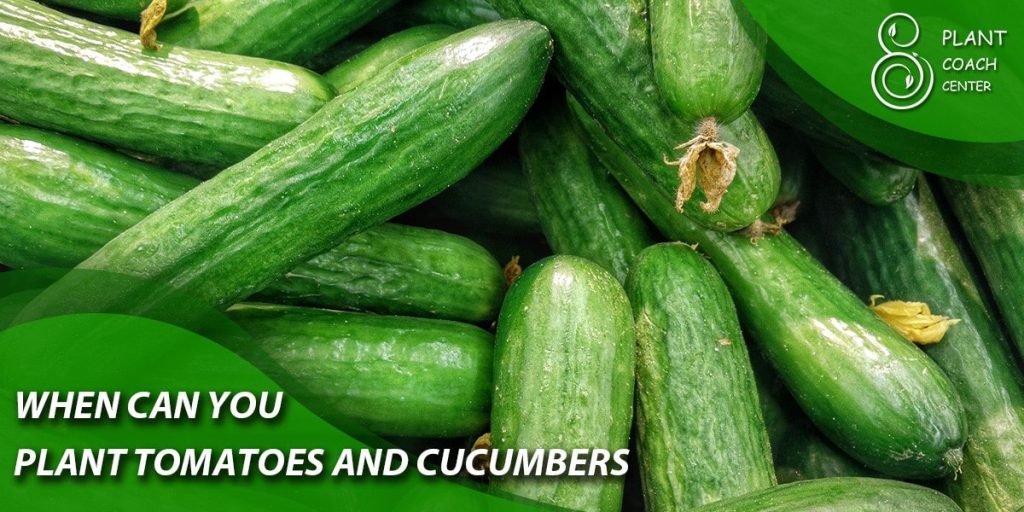
While selecting the proper companions is important, spacing is equally vital. Cucumber plants are naturally sprawling, and their broad leaves can shade out smaller neighbors. Planting cucumbers near taller plants like corn or sunflowers can provide shade without stifling their companions.
By thoughtfully integrating these allies and steering clear of incompatible companions, you orchestrate a garden ecosystem where each plant plays a role in nurturing the others. This intricate dance of relationships enhances the health and vitality of your cucumber plants and contributes to the overall resilience and productivity of your garden as a whole.
Vertical Delights: Trellising and Training Cucumbers
Ever the ingenious architects of nature’s theater, gardeners have long discovered the art of vertical gardening to maximize space, enhance airflow, and elevate the overall health of plants. Regarding cucumbers, this technique unveils a world of possibilities, transforming sprawling vines into a mesmerizing vertical spectacle.
The benefits of trellising and training cucumbers are manifold. First and foremost, it saves precious ground space, making it ideal for those with limited gardening real estate. Additionally, vertical growth discourages certain pests and diseases that thrive in humid, crowded conditions, reducing the need for chemical interventions.
To embark on this vertical journey, select a sturdy trellis system that can support the weight of maturing cucumber fruits. A-frame trellises, teepee structures, or even simple vertical strings can be employed. As your cucumber plants grow, gently guide their tendrils around the frame, coaxing them upward. This process prevents the vines from tangling and encourages a more uniform distribution of sunlight and airflow.
While training the main vines is essential, don’t forget to lend a hand to the secondary vines, also known as side shoots. These offshoots should be pruned to direct the plant’s energy toward fruit production rather than excessive foliage growth. Trimming the side shoots also prevents the plant from becoming too heavy and unwieldy for the trellis.
Vertical gardening doesn’t mean sacrificing cucumber yield. In fact, it can lead to even more impressive harvests. When cucumber fruits hang vertically, they are less likely to develop deformities or rot as air circulation is improved and the fruits are kept off the damp ground. This also makes harvesting a breeze, as the cucumbers are eye-level and easy to spot.
As the season progresses, the trellis becomes a living work of art, an amalgamation of curling tendrils and dangling cucumbers. Vertical gardening transforms your cucumber patch into a space-efficient wonder. It showcases the innovative spirit of a gardener who understands that plants can become veritable performers with guidance, stretching toward the sky in a graceful dance of growth and abundance.
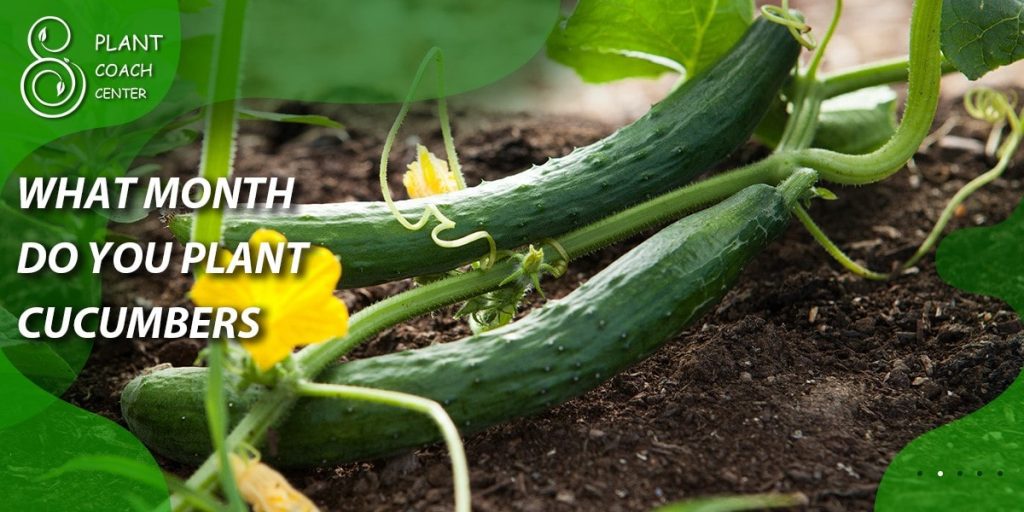
conclusion
In the harmonious gardening realm, where soil meets the sun and human hands nurture nature’s treasures, cultivating cucumbers transcends mere horticulture—it becomes a symphony of timing, care, and creativity. From the delicate germination of seeds indoors to the grandeur of trellised vines in full flourish, the stages of cucumber cultivation unfold like chapters in a captivating story.
Remember, each garden is a unique canvas painted by regional climates, gardening philosophies, and the heartbeat of the Earth itself. As you embark on your cucumber-growing odyssey, armed with insights into timing, companionship, and vertical prowess, let the wisdom of nature be your guide.
For further inspiration and guidance, turn to the verdant haven of PlantCouchCenter.com, where seasoned gardeners and eager novices gather to share their tales of botanical triumph. So, start with newfound knowledge, cultivate your cucumber haven, and relish the satisfaction of sowing, growing, and reaping the rewards of a well-tended garden.
When is the best time to plant cucumbers?
The timing varies based on your region's climate. Generally, plant them outdoors after the last frost or start seeds indoors a few weeks earlier.
Can I grow cucumbers in a small space?
Absolutely! Trellising cucumbers vertically saves space and enhances growth. Choose compact varieties for containers.
What plants make good cucumber companions?
Marigolds, nasturtiums, and herbs like dill and cilantro are excellent companions, deterring pests and attracting pollinators.


